Blogs
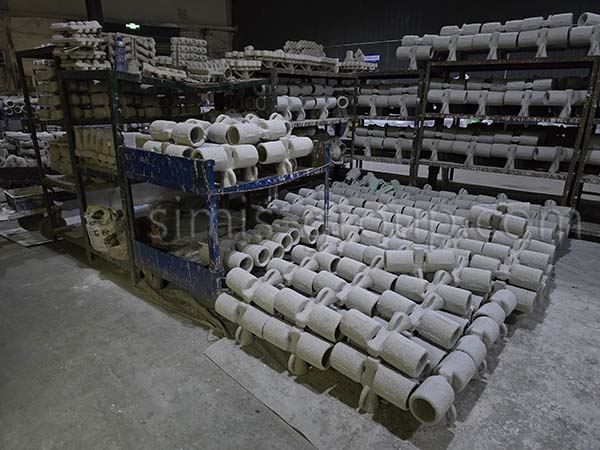
Investment casting and lost foam casting have their own advantages and disadvantages, and are suitable for different application scenarios. When choosing a casting process, customers should comprehensively consider factors such as casting requirements, production costs, and manufacturing cycles to select the best casting solution.
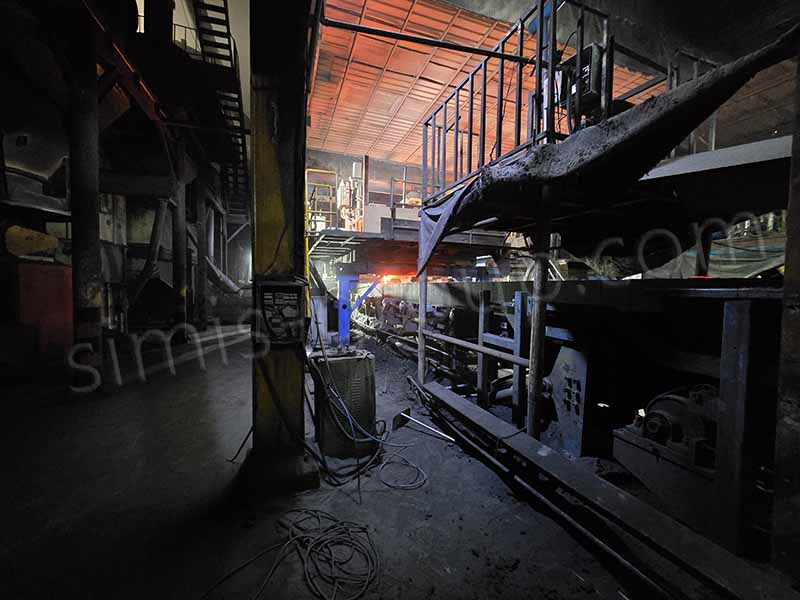
Cast iron not only needs heat treatment, but also "precision heat treatment". Modern cast iron heat treatment has evolved from a simple stress relief method to a systematic engineering for regulating material properties. Mastering the matching relationship between cast iron phase transformation law and process window is the key technical path to achieve high-value application of castings.
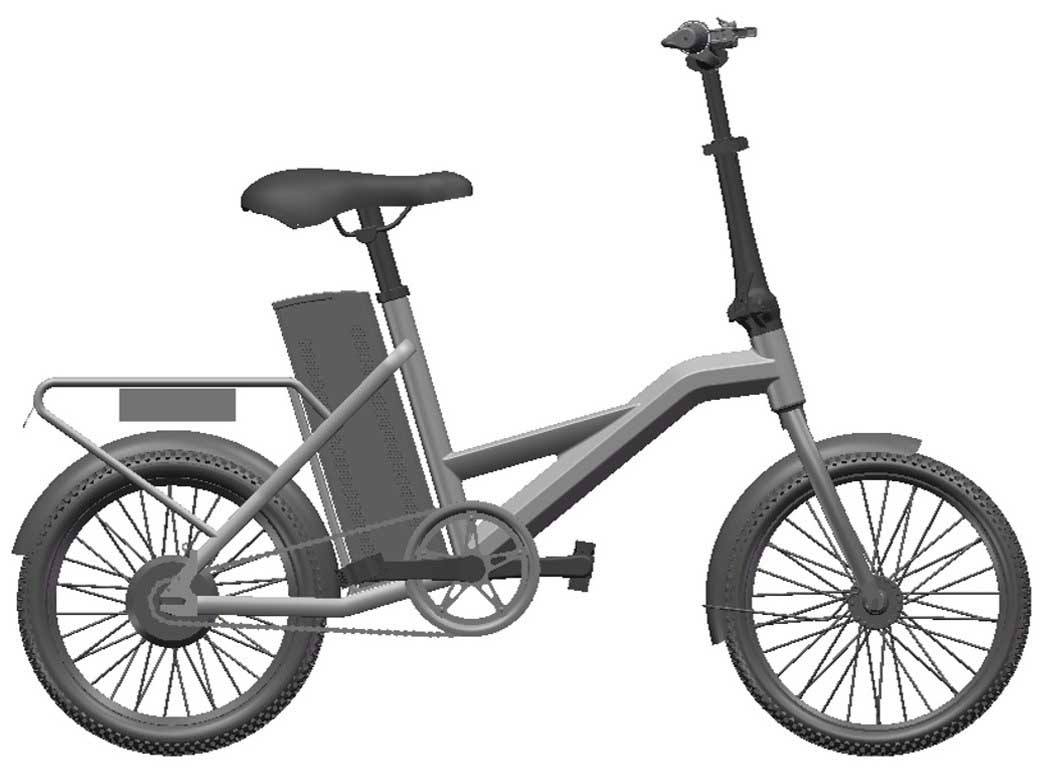
Forged aluminum is an aluminum alloy material strengthened through plastic deformation. Its core advantage lies in the significant improvement of the metal's microstructure through machining, resulting in mechanical properties superior to those of cast aluminum. Forged aluminum has gradually become the "skeleton" and "joint" of mid-range and high-end electric bicycles.
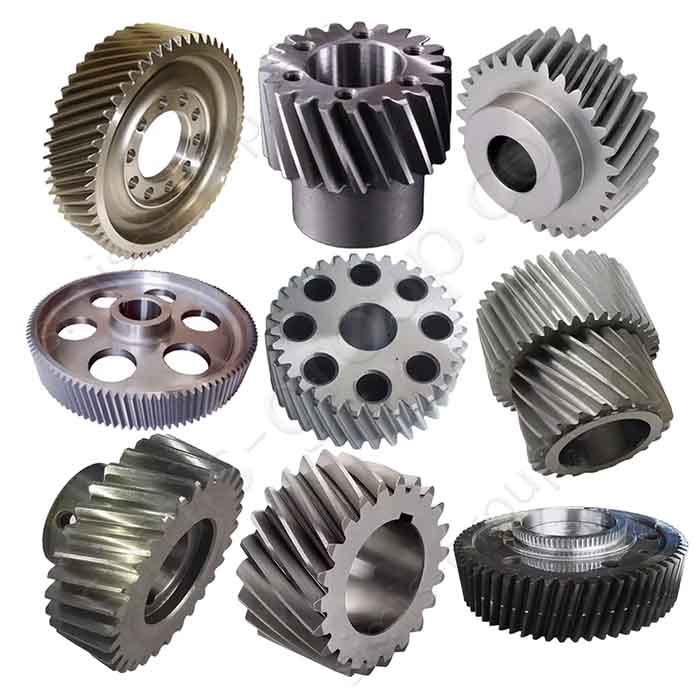
In the field of industrial manufacturing, casting and forging are the two most important gear forming processes. Casting gears have obvious advantages in the production of large-size and complex structural parts, while forged gears perform better in high-load and high-precision applications.
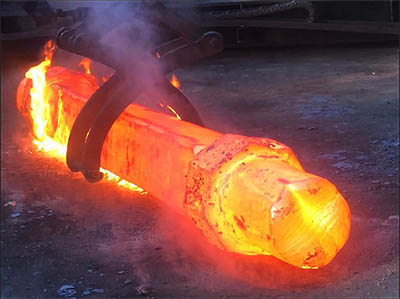
Shafts, as core components of mechanical transmission systems, have a direct impact on their reliability and service life. Approximately 38% of global industrial shafts are forged, while 45% are cast. An analysis of the technical characteristics, microstructural evolution, and mechanical properties of the two processes reveals that forged shafts maintain their performance advantages in critical power transmission applications, while cast shafts offer significant economic advantages in the production of large, complex structural parts.
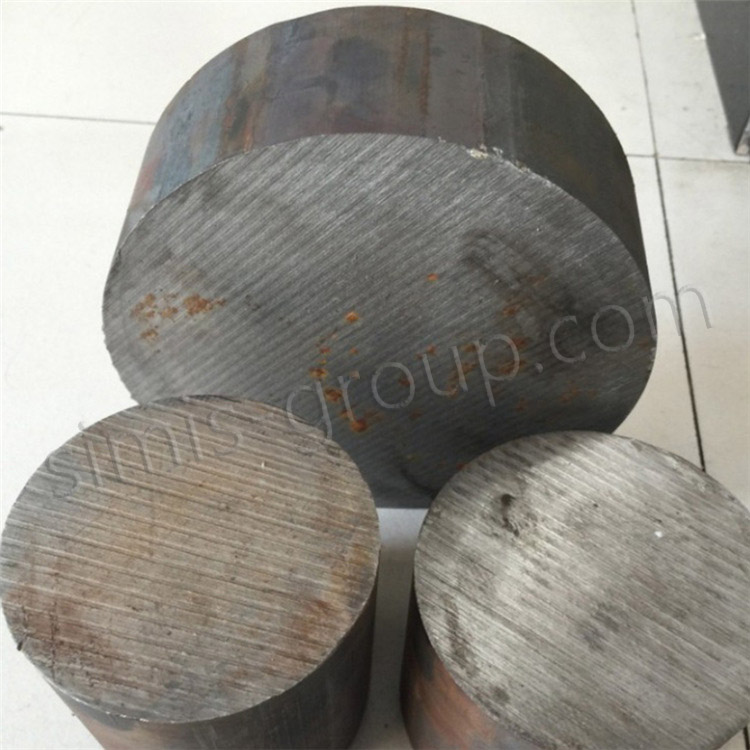
FCD400 is a ductile iron material with excellent comprehensive properties. It has good casting properties, mechanical properties and processing properties. It is particularly suitable for the production of castings with complex shapes and high strength and toughness requirements, such as automotive parts, piping systems, mechanical structural parts, etc.
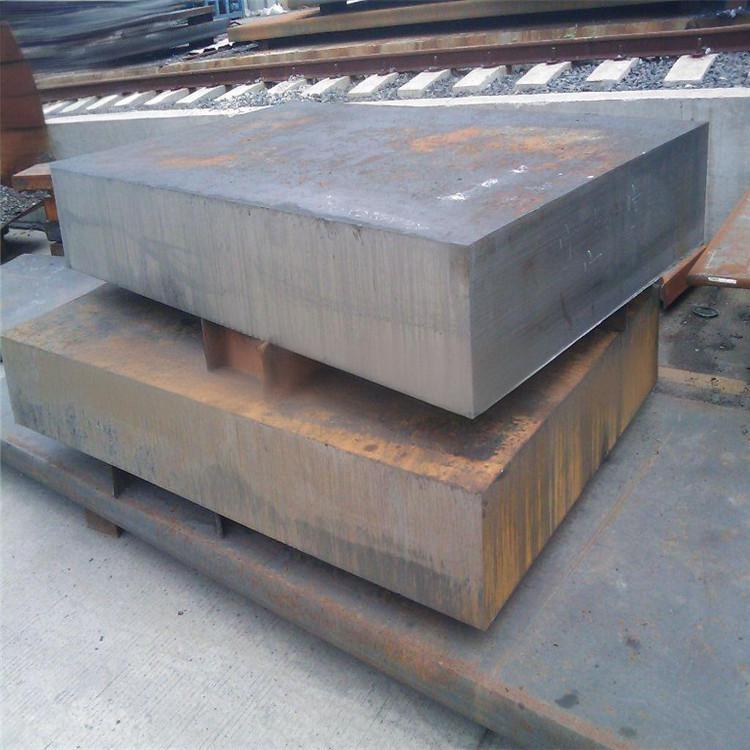
4130 Chromoly steel is unsuitable for casting due to its narrow solidification range, high hot crack sensitivity, and poor as-cast microstructure. However, forging can help optimize its microstructure and properties, improve economic efficiency, and enhance quality and reliability. Using various forging processes, 4130 Chromoly steel plays an important role in the manufacture of key components such as aerospace landing gear, high-performance racing connecting rods, oil drilling tools, and heavy machinery shafts.
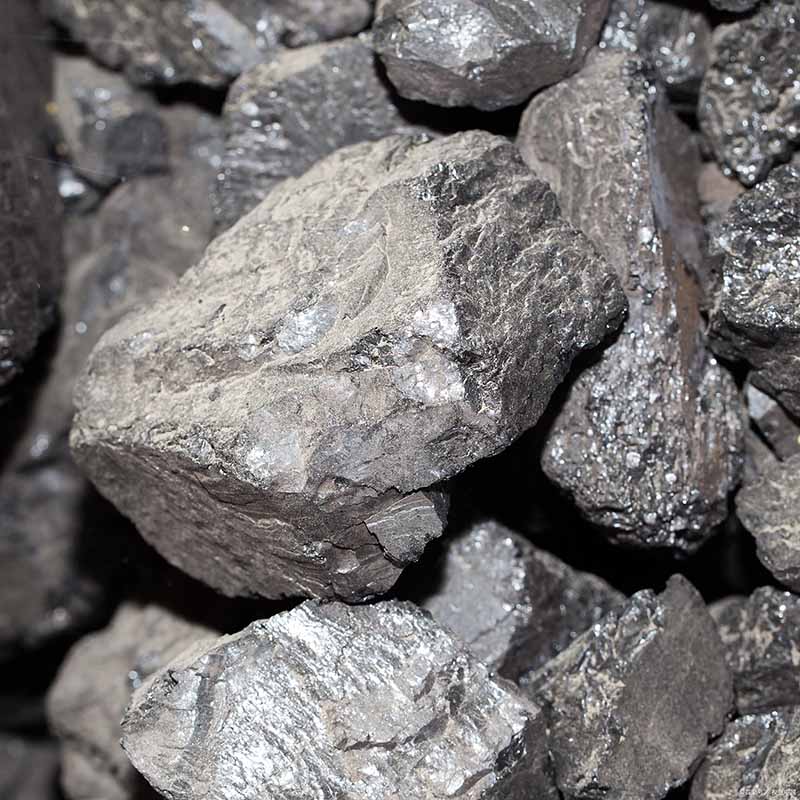
Most commonly used cast iron and cast steel are strongly magnetic, but by adjusting the alloy composition and performing specific heat treatment processes, the microstructure of steel and iron can be changed, making them lose their magnetism (weak magnetism). For example, austenitic cast iron and austenitic stainless steel castings respond very weakly to magnetic fields and cannot be attracted by ordinary magnets.
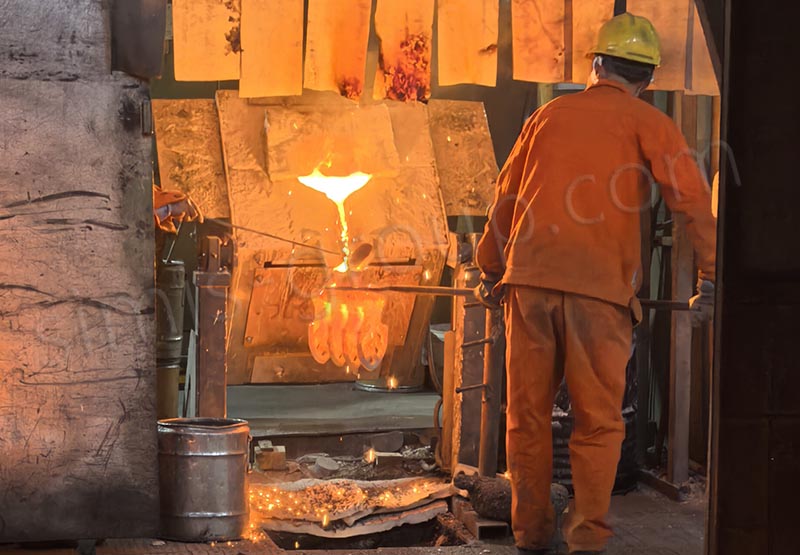
The superior surface finish of investment castings is due to precision in every step, from the wax pattern to the ceramic shell, to pouring and cooling. The absence of parting lines, the absence of sand particles, and the smooth flow of molten metal all contribute to a superior surface finish. While investment casting is costly and suitable for high-value-added parts.
